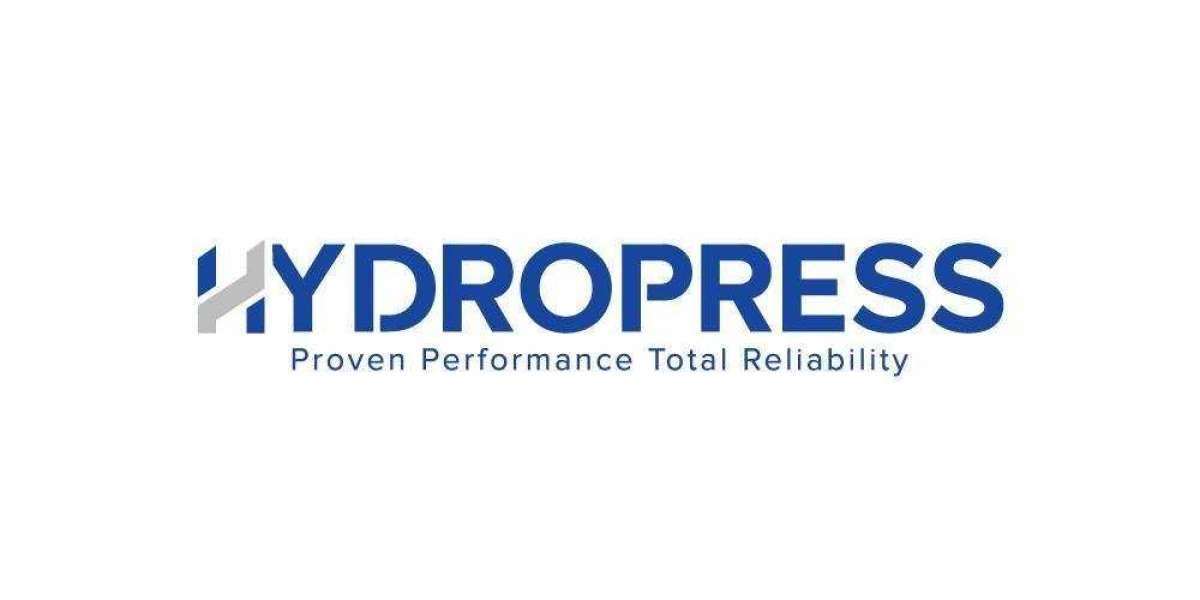A Comprehensive Guide to Bridging Finance
Bridging finance is a flexible financial solution designed to address short-term funding needs. It is particularly useful for individuals and businesses facing gaps between their immediate financial requirements and longer-term funding solutions.
What is Bridging Finance?
Bridging finance is a type of short-term loan that provides immediate funding to cover temporary financial gaps. This financing option is often used in situations where quick access to capital is needed, such as during property transactions, business expansion, or other urgent financial requirements. Unlike traditional loans, which are typically long-term and require extensive approval processes, bridging finance is designed to be fast and flexible.
Common Uses of Bridging Finance
Bridging finance is commonly used in various scenarios:
- Property Transactions: Buyers may use bridging finance to secure a property quickly, particularly if they need to purchase a new home before selling their current one.
- Business Needs: Companies may use bridging finance to cover immediate expenses or take advantage of business opportunities while awaiting longer-term funding.
- Renovations and Developments: Property developers often use bridging finance to fund renovation or development projects until they secure permanent financing.
Advantages of Bridging Finance
One of the main benefits of bridging finance is its speed. Unlike traditional loans, which can take weeks or even months to process, bridging loans can often be approved and disbursed within a matter of days. This rapid turnaround can be crucial in urgent situations. Additionally, bridging finance offers flexibility in terms of loan structure and repayment options, allowing borrowers to tailor the financing to their specific needs.
Considerations and Risks
While bridging finance provides several advantages, it is not without risks. The interest rates on bridging loans are typically higher than those on traditional loans, reflecting the increased risk to lenders. Additionally, because these loans are short-term, borrowers must have a clear exit strategy for repaying the loan. This could involve selling a property, securing long-term financing, or other means of settling the debt.
The Application Process
Applying for bridging finance involves presenting a clear plan to the lender. This plan should outline the purpose of the loan, the amount needed, and the proposed repayment strategy. Lenders will evaluate the application based on factors such as the value of the asset being financed, the borrower’s creditworthiness, and the overall feasibility of the project or transaction.
Conclusion
Bridging finance is a valuable tool for addressing short-term financial needs, offering rapid access to capital and flexibility in terms of loan structure. However, it is important for borrowers to carefully consider the associated risks and costs. With a well-thought-out plan and a clear exit strategy, bridging finance can effectively bridge the gap between immediate financial needs and long-term solutions.

